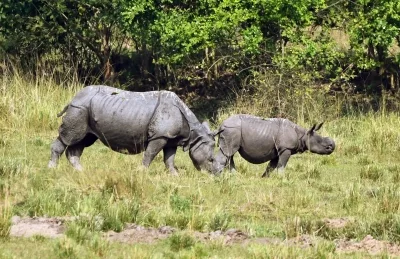Researchers use pollen from Kaziranga National Park to decode climate change

New Delhi, Feb 24 (IANS) Indian researchers have explored how pollen and non-pollen palynomorphs (NPPs) of Kaziranga National Park (KNP) can help in the interpretation of climate in the region. The study conducted by scientists from the Birbal Sahni Institute of Palaeosciences (BSIP) aims to understand the impact of climate change on biodiversity loss in national parks, particularly in the tropical region of northeast India.
Situated in Assam, Kaziranga National Park serves as a vital reserve for tropical species and has been a gene reservoir for various taxa during glacial periods. Researchers developed a modern analogue dataset based on NPPs from different vegetation settings across KNP to assess how accurately modern pollen and NPP analogues can identify ecological environments.
The combination of pollen and NPP analysis provides detailed information for palaeo-environmental reconstructions. This approach helps in interpreting Late Quaternary palaeo-environmental and ecological changes more accurately, shedding light on the past herbivory and ecological studies in the region.
The research, published in the journal Holocene, marks a significant step towards developing a modern pollen and NPP analogue for the region. This reference tool can assist wildlife management agencies in understanding the association of flora and fauna, contributing to the conservation efforts under the National Biodiversity Mission.
With the increasing focus on sustainable future projections, the palaeo-ecological data from KNP will aid in better understanding the climatic scenarios in the region. By identifying marker pollen taxa and their relationship with vegetation and land use, the study offers valuable insights for conservation initiatives in national parks.










